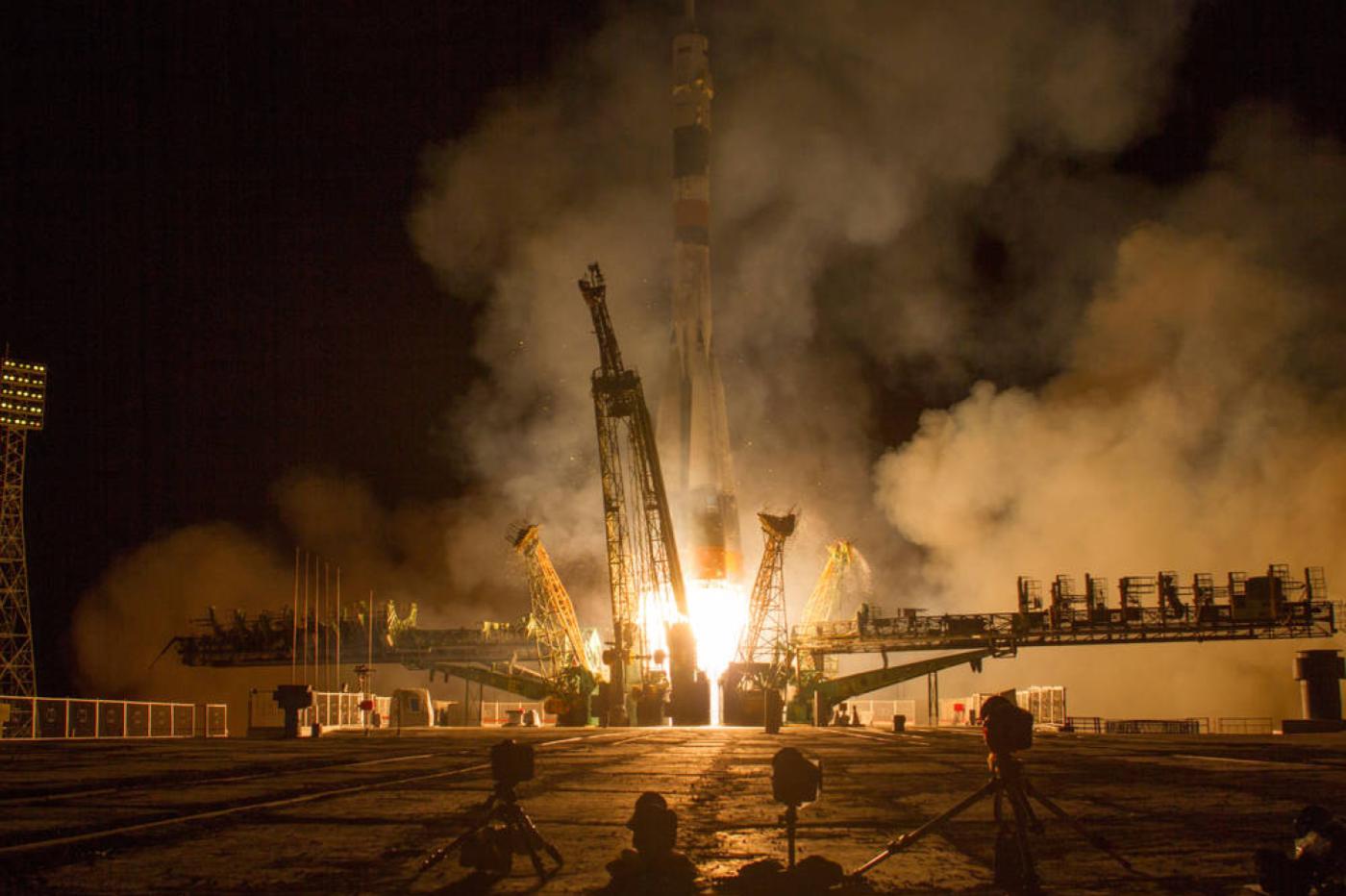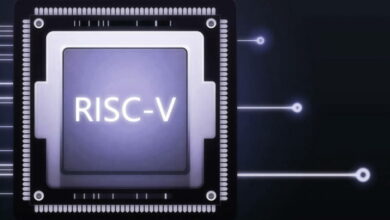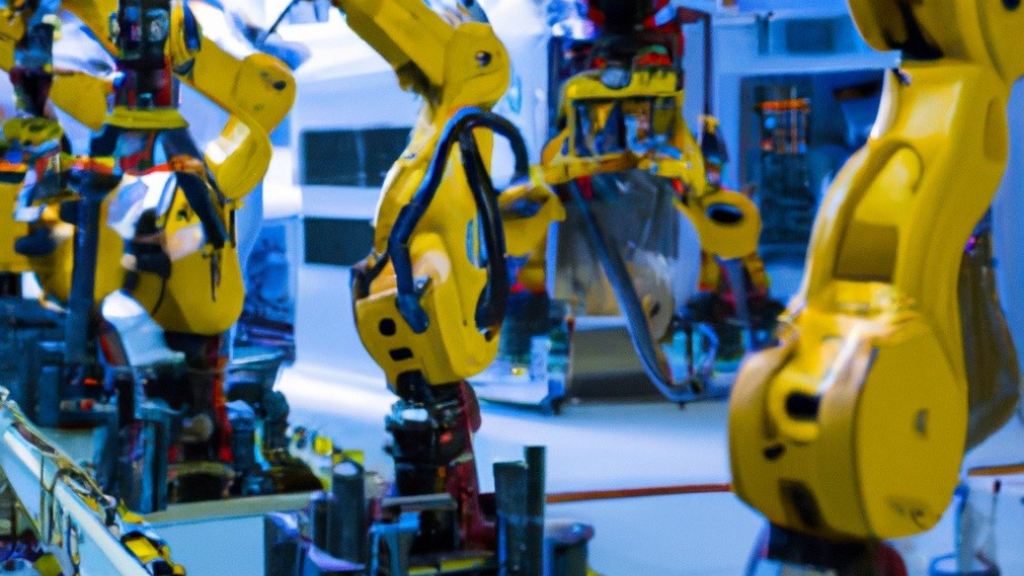
Roscosmos, the Russian space agency, hopes to restore its image by returning to the conquest of the Moon; a long-term endeavor that will begin with Luna 25 next July.
It has already been almost half a century since Luna 24, the last Russian lunar expedition, landed on our satellite. In the meantime, Russian aerospace has lost its luster; Roscosmos, the country’s space agency, emerged bruised from the Cold War; since then, the Moon is no longer really part of the priorities of the Kremlin and the agency. Or at least until recently. Because the landscape of aerospace has changed radically since then, and Russian decision-makers now believe that all the conditions are in place for a comeback with a bang; they formalized the launch of a new mission called Luna 25 next July.
Indeed, the assembly of the moon landing which will play the first role is finally finished; all instruments are now installed. These include a robotic arm to collect lunar dust and a navigation camera developed by ESA. The set is currently in a testing phase which should be completed in mid-March. All that remains is to integrate all the software part, which should take them until April. The machine will still undergo a last battery of last-minute tests before its departure, scheduled for July 23.
Take-off scheduled for July 23
On this date, a Soyuz-2.1b will embark the lander in the direction of the Moon. It will head towards the south pole of the Moon, and the cargo will be deposited in the circumpolar region, that is to say in the region which surrounds the polar zone proper.
Once there, the probe will have three main tasks. Initially, it will be scrutinized from all angles by an armada of sensors during the moon landing. The goal: to refine the technology that allows you to land gently, and therefore to preserve this very precious material as much as possible.
Secondly, the Luna 25 mission will study the internal structure and resources of this circumpolar region. It is still relatively poorly known, and could therefore conceal some scientific treasures. Finally, it will also analyze the lunar soil to study the effects of solar and cosmic radiation.
But above all, Luna 25 will serve to lay the foundations for a new era of Russian space conquest. According to Space.com, it will be the first of a series of at least four missions already scheduled. Luna 26 will have to bring a relay satellite close to the Moon in 2024. It will prepare the ground for the Luna 27 mission, which should this time carry a rover. Finally, the Luna 28 mission should make it possible to repatriate soil samples and lay the foundations for a future lunar research station.
The great powers in the starting blocks
And this is indeed the most interesting point of the return to business of Roscosmos. Because the Americans, who plan to return to the Moon in 2025 with the Artemis mission, will not be the only ones who want to occupy the land. Remember that Russia has signed a cooperation agreement centered on the deployment of a common lunar base with China, whose aerospace is progressing at an impressive speed.
It will therefore be very interesting to see how the interactions between the different agencies will unfold. There will certainly be a form of cooperation, at least on the front, but it is very likely that this hides a competition at loggerheads.
Indeed, many observers believe that the conquest of space, already very important from a strategic point of view, will gradually become an even more determining factor in international relations. For the nations concerned, it therefore becomes crucial to place their pawns as quickly as possible. And that, the United States, China and Russia have understood. It will therefore be necessary to follow the progress of these missions and the deployment of this base with very particular attention, because in a few decades, this could become one of the main points of friction between the great powers.



